Ensuring comfort for you or your customers at a shop is vital. One way to do this is by keeping your shop warm, especially during winter. But how many BTUs do you need to heat the shop? We've researched and done the math for you.
You will need between 108,000 and 132,000 BTU to heat a 40x60 shop, equal to 2400 square feet. But there are some factors that you should consider to determine the actual number of BTUs your shop will need.
To estimate the BTU your shop needs per hour, multiply your desired temperature, the cubic meter of your shop, and 0.133.
The heating needs of different shops are unique to the shops, despite being the same size. That's why we'll help you figure out how many BTUs you need by explaining the calculation process.
Additionally, we'll tackle the factors affecting the heating requirements of a room to help you better understand BTU calculations. With that said, let's dive right in!
How Much BTU Is Required To Heat A 40x60 Shop?
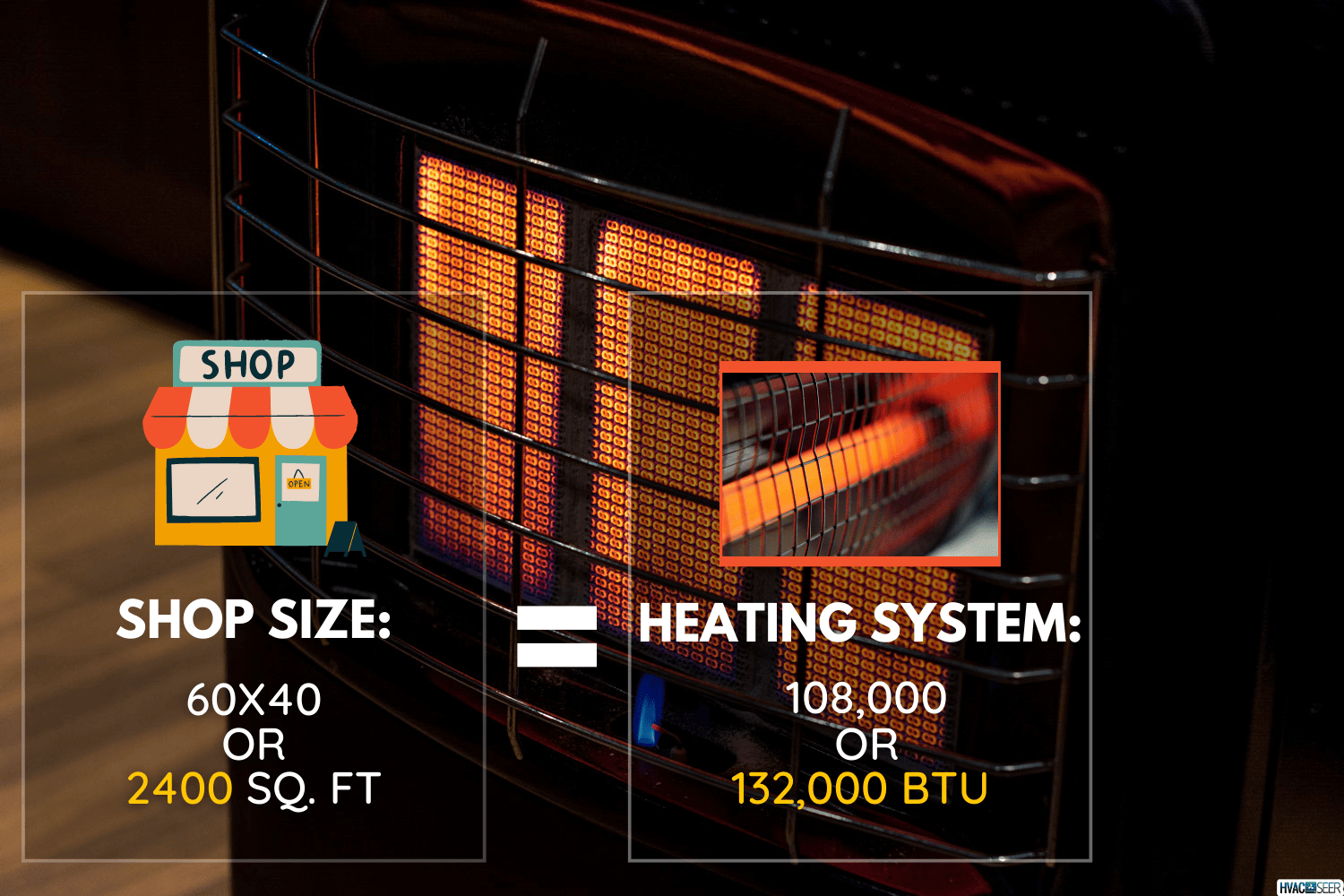
Generally, each square foot of a space requires 30 to 60 BTU to heat it. For a 40x60 or a 2400 sq. ft shop, you'll need a heating system that will provide 108,000 to 132,000 BTU.
Please note that this is only a rough estimate. The actual units required will vary depending on how much heat you want in your shop.
So how do you calculate the BTU rating your shop needs? It may seem complex to measure initially, but following the formula sets you on the right path.
Multiply your desired temperature change by the cubic feet of space your shop has and multiply it again by 0.133 (a constant number to solve for BTU).
After this, you'll get the BTU rating your shop needs per hour. Here is the formula in symbols:
(temperature change you want) x (cubic feet of your shop) x 0.133 = BTU per hour
You can also use online BTU calculators, so you don't have to get a pen and calculator.
What Factors Affect BTU Requirements?
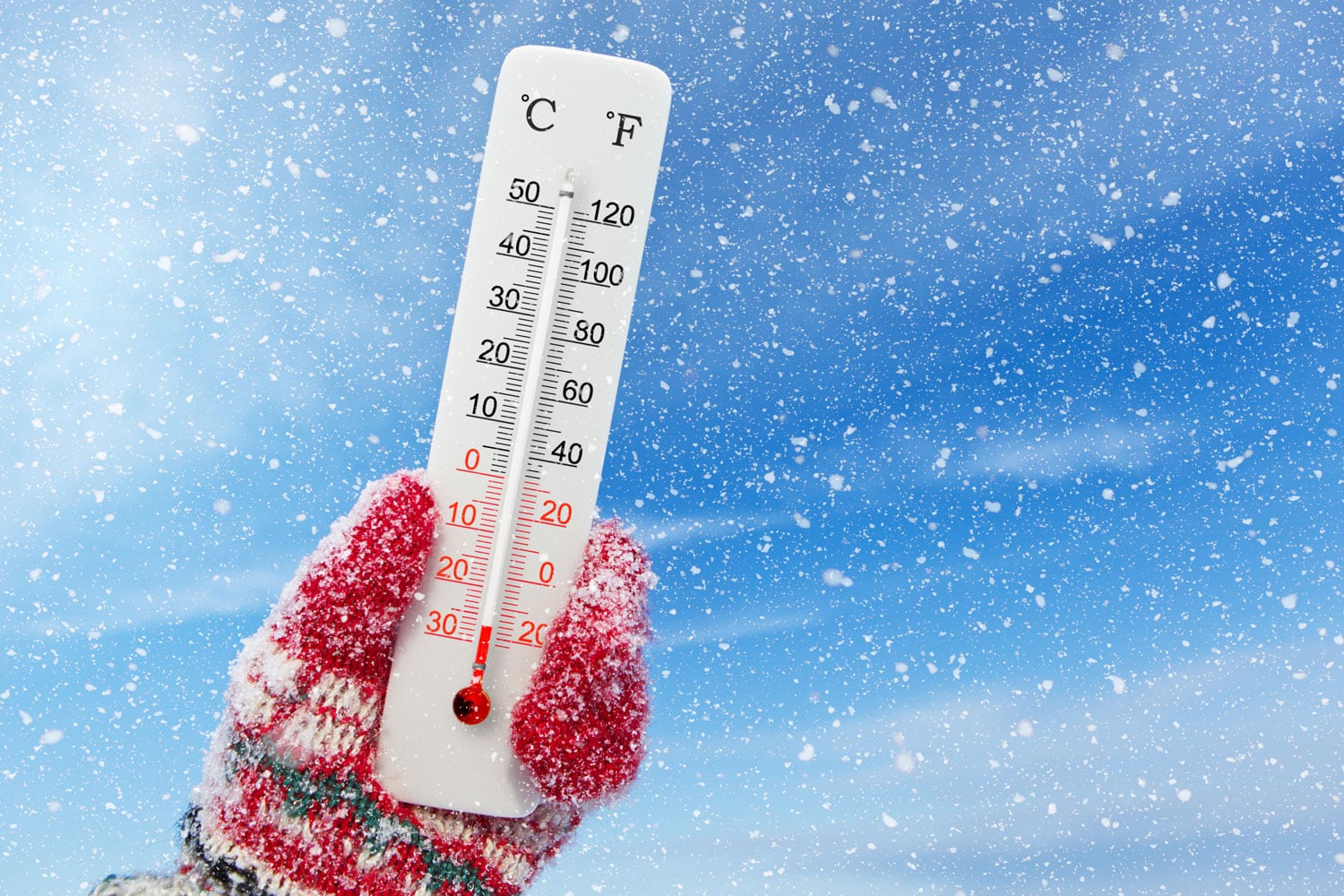
Aside from the size of your shop and your desired temperature change, there are other factors you should consider when determining an ideal BTU rating.
To help you out, here's what will affect the BTU requirement of a space:
Climate
Some regions are warmer than others. Therefore, you need to adjust your desired temperature change accordingly. The BTU requirements for each square foot will change based on the climate zone.
To help you, here are the climate zones and how many BTUs each zone needs:
- Zone 1 and Zone (Southern United States): 30 to 40 BTU per square foot
- Zone 3 and Zone 4 (middle part of United States): 40-45 BTU per square foot
- Zone 5 (Northern areas in the United States): 50 to 60 BTUs per square foot
Windows And Insulation
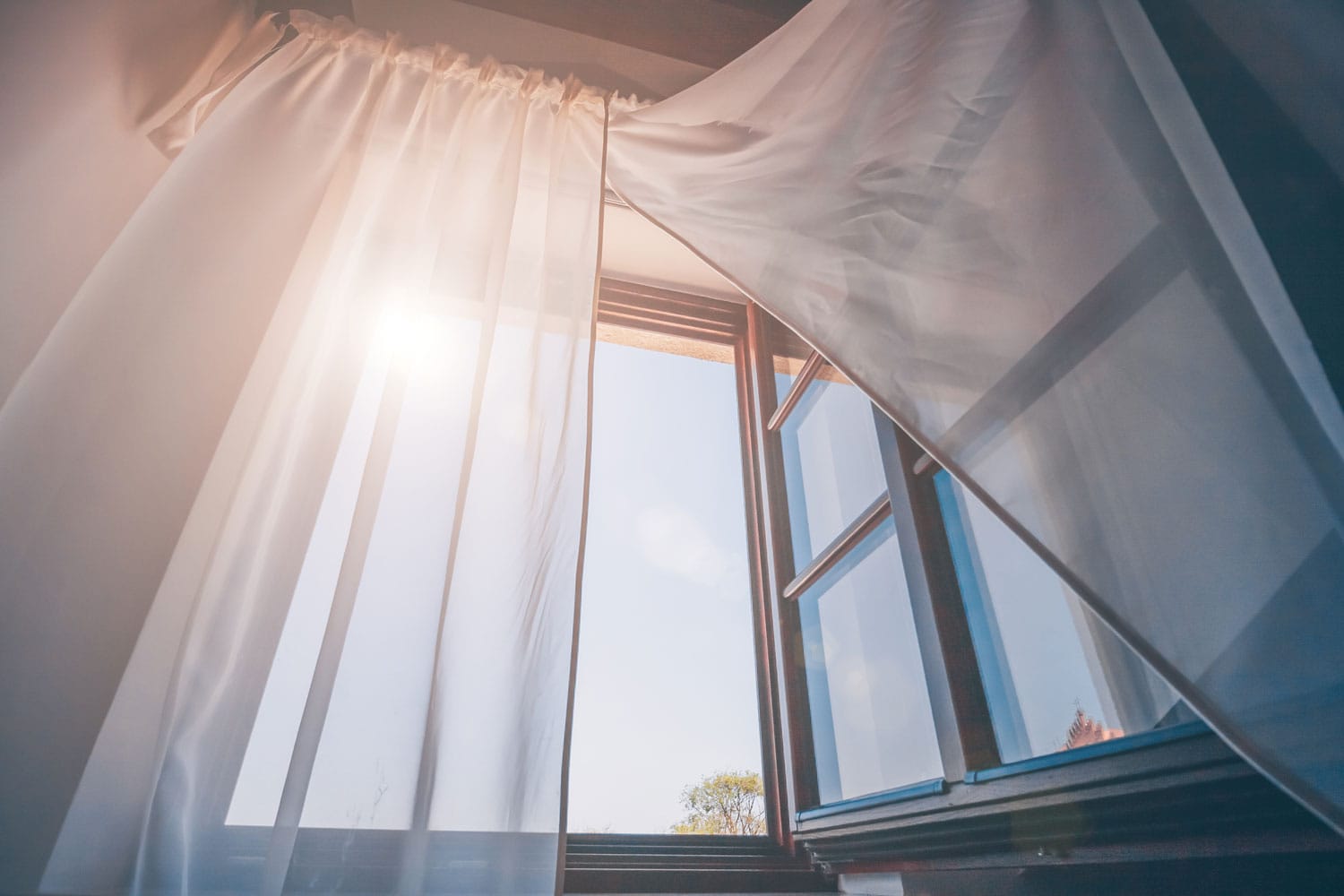
Your shop may have many windows which let in sunlight, so consider this when deciding on your desired temperature to measure the BTUs you need.
Likewise, having insulations in your shop will decrease the BTU rating you require due to reduced heat loss. If you have a well-insulated shop, reduce the BTU rating for your shop by 10%.
In contrast, you will need 10% more BTU if your shop is poorly insulated.
Ceiling Height
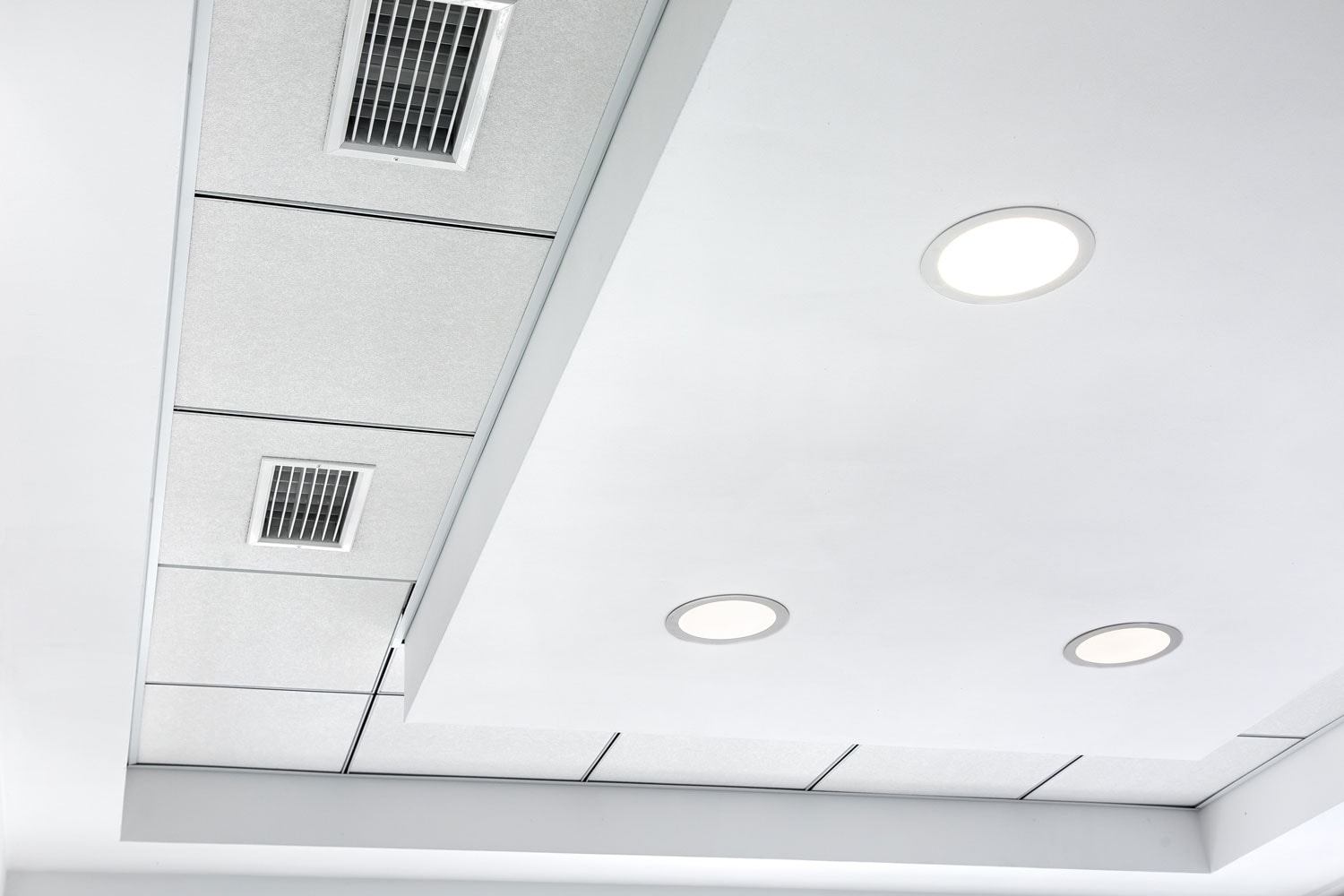
Your shop's floor size isn't the only one you need to measure. You need to consider the overall volume of your shop to estimate the amount of BTU you need, so measuring your ceiling size is essential.
You need to increase the BTU rating for your shop by 12.5% if you have a ceiling higher than eight feet.
What Heating Systems Can You Use In A 40X60 Shop?
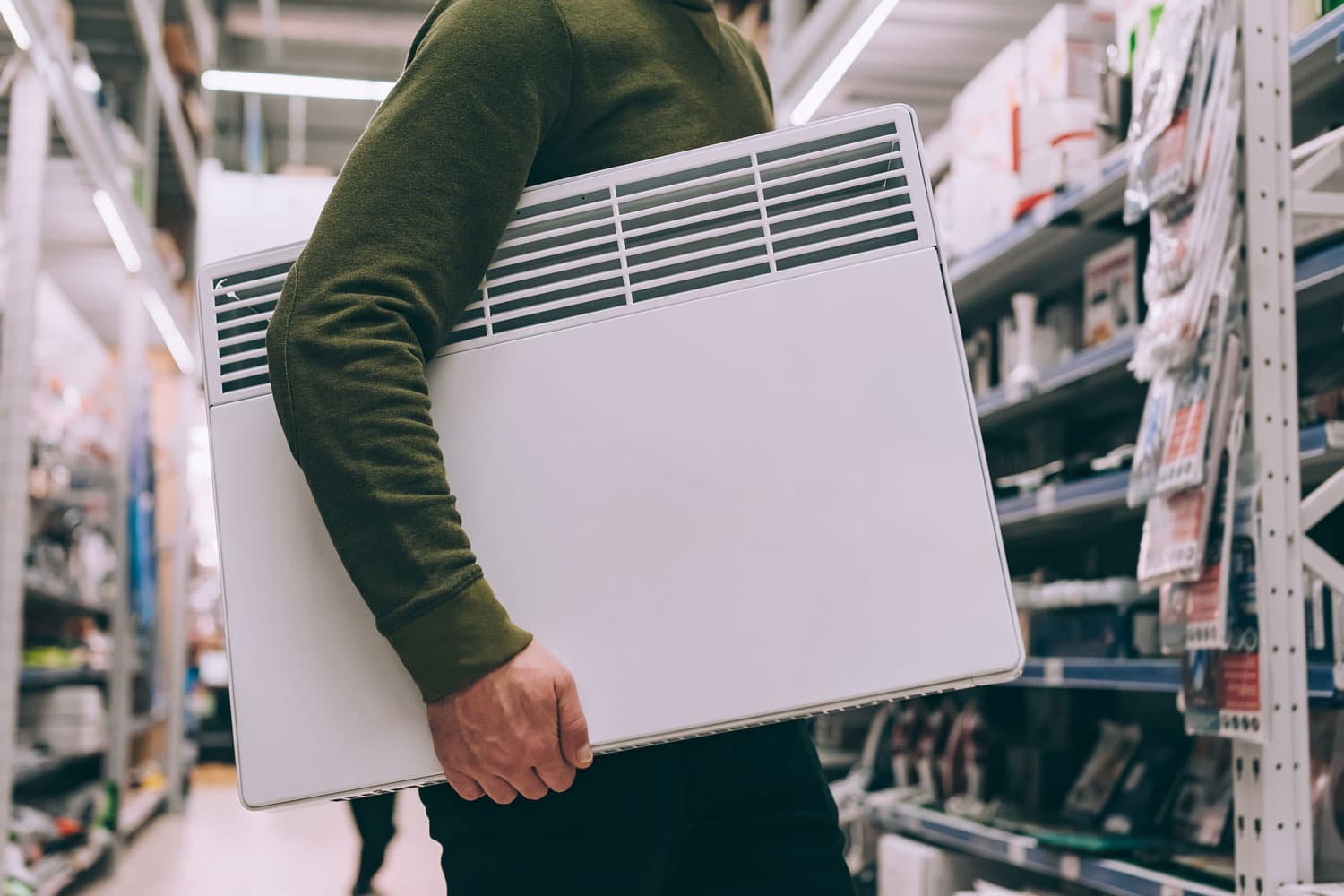
After estimating how many BTUs your shop needs, you must decide on a heating system to buy. There are various types of heating systems to choose from.
Here's a list for you:
Radiant In-floor Heating
This heating system efficiently heats a shop by spreading hot air evenly into your space. However, you'll need to install the heating system before pouring the slab on your floor.
See this radiant in-floor heating on Amazon.
Convection Heater
Convection heaters use electricity, natural gas, or propane to run. They also use air convection currents to heat the air in your space.
See this convection heater in Amazon.
Infrared Tube Heater
This heating system is powered by electricity or gas. It warms objects and bodies instead of heating air. If you plan to use this heating system, you should be ready for its large tubes, which may cover large areas.
Forced Air Heaters
You can mount this heating system on the ceiling or the floor and power it using gas or electricity.
If you plan a gas-generated forced air heater for your shop, note that they need a regular gas supply, exhaust, a clean air intake, and a sealed combustion chamber.
Meanwhile, forced air heaters that use electricity may increase your heating bill.
Check out this forced air heater on Amazon.
Ductless Heat Pump
If your shop has separate rooms, this heating system will suit you. It works by moving heat. So, you can use it for cooling during summer.
See this ductless heat pump on Amazon.
Furnaces
They are usually used in homes, but you can also use them in a shop. They can provide heat in different spaces at once through vents and ducts.
Therefore, if your shop has several rooms, this is best for you. Additionally, they typically use fuel to work.
Click here to see this furnace on Amazon.
What Happens If Your BTU Is Too High Or Too Low?
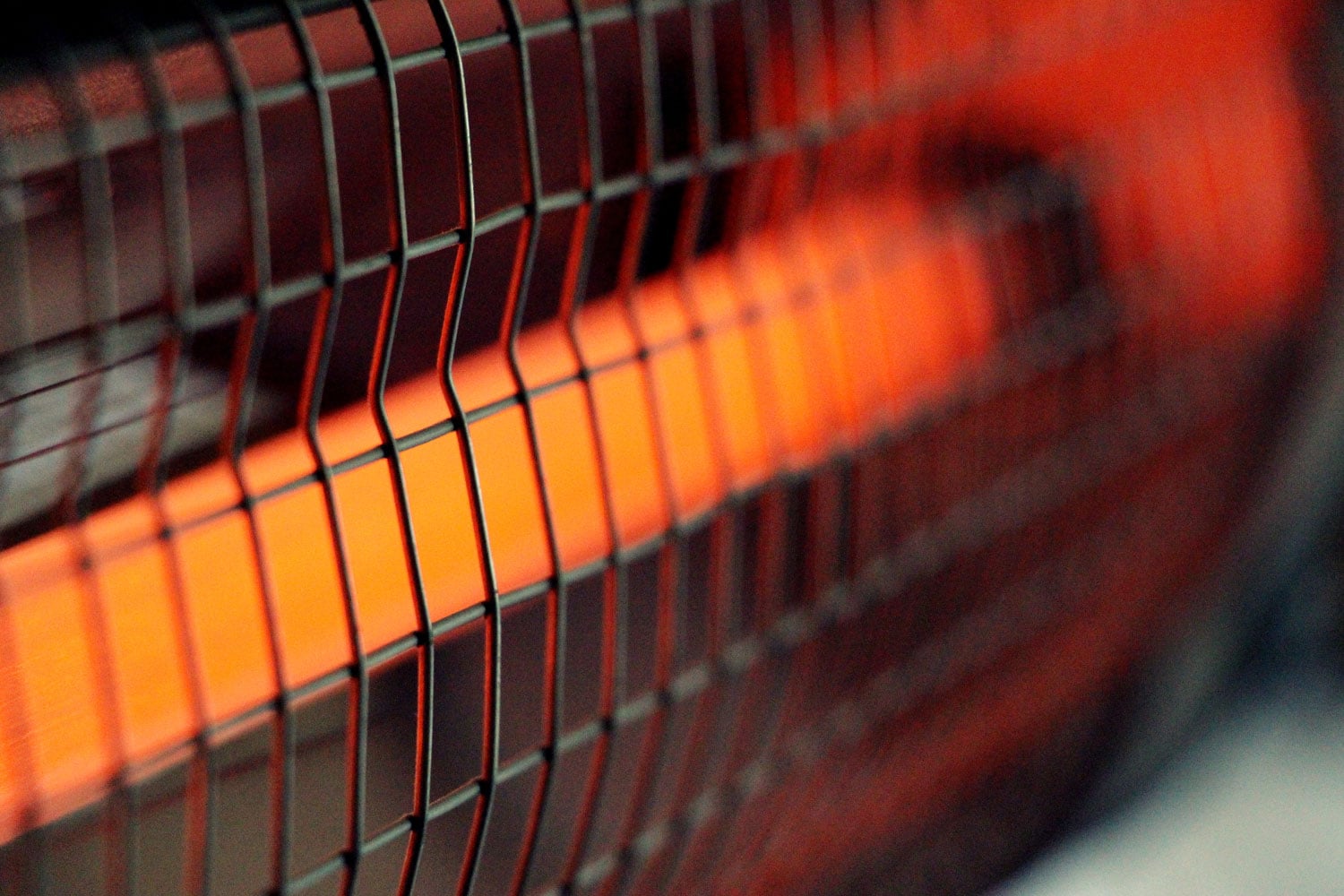
Estimating the BTU, you need for a space correctly is vital. A heating system that provides more heat than you need will likely malfunction: it will turn on and off too quickly and waste energy by using more power than you need.
Most heaters automatically turn off when it reaches the temperature you set. Though a higher BTU means your shop will heat faster, it will also make the interior parts of your heater work too hard.
But if the BTU rating is too low for your space, you will have a hard time during cold weather. Your room will not heat up as you need, and the temperature in your area will be uneven.
Also, your heating system will have to work hard because the area it needs to warm is too big.
Does Higher BTU Use More Electricity?

Using a heating system with a higher BTU is inevitable if you have a large shop or room to heat up. In cases like this, expect electric-powered heating systems to increase your electricity bill.
But, even heating systems that use natural gas, wood, or propane will still use more power than heating systems with lower BTUs.
To Wrap It Up
Estimating how many BTUs a 40x60 shop need is undeniably complex. However, using a formula makes it more accessible. Generally, a 40x60 shop (2400 sq. ft) needs 108,000 to 132,000 BTU.
The actual figure will rely heavily on your desired temperature change. But to get a more specific answer, you will have to multiply these three: desired temperature, cubic feet of your shop, and 0.133.
Aside from the factors mentioned, consider these factors: climate for the region where your shop is located, presence of windows and insulation, and ceiling height of your shop.
Made it to the end? Check out these other related HVAC articles below!
How Many BTUs Are Needed For A 30X40 Shop?
How Many BTU For A 12X12 Room? [Everything You Need To Know]





